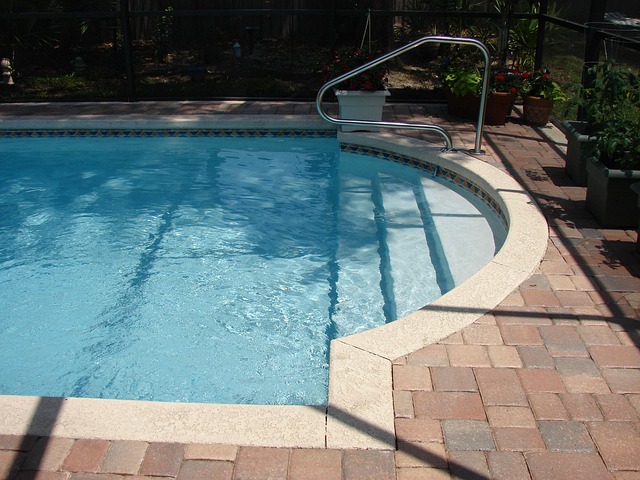
Owning a backyard swimming pool brings undeniable joy—especially on warm Southern California days when it feels like the perfect retreat just steps from your back door. Yet with that enjoyment comes an equally important responsibility: ensuring your pool area is safe, secure, and compliant with local safety standards.
Each year, accidental drownings and near-drowning incidents occur in residential pools, many of which could have been prevented with proper barriers and supervision. A well-designed pool barrier system doesn’t just meet code—it saves lives. Here’s what every homeowner should know about creating a safer backyard swimming environment.
1. Understanding What “Barrier” Really Means
A pool barrier is more than just a fence—it’s a physical system designed to restrict unsupervised access to the water, particularly by children. The most effective setups combine several layers of protection, such as perimeter fencing, self-closing gates, alarms, and safety covers.
Los Angeles and surrounding counties have adopted safety codes that reflect state requirements, which generally call for at least a 5-foot-high barrier that completely encloses the pool. There should be no gaps large enough for a small child to squeeze through or under.
2. Gate Design and Operation
A compliant gate is often the first line of defense. It must be self-closing and self-latching, opening away from the pool area. The latch should ideally be positioned at least 54 inches above the ground to keep it out of reach of inquisitive children.
Even when these features are installed, regular testing is critical. Springs wear out, latches loosen, and over time, a gate that once met safety standards might not function properly. A quick check every few weeks ensures everything is operating as intended.
3. Avoid Climbable Hazards
One common oversight occurs when homeowners unknowingly create climbable opportunities near the barrier. Pool furniture, planters, decorative walls, or even trees can serve as makeshift ladders. A safety barrier only works if it can’t be scaled—so keep at least 3 feet of clear space on both sides.
4. Alarms and Safety Covers
For an added layer of protection, consider installing pool alarms or automatic safety covers. Door alarms that sound when someone enters the pool area and underwater motion sensors that detect unexpected movement can alert you before tragedy strikes. Automatic covers not only prevent debris but also restrict access when the pool isn’t in use.
5. Maintenance and Awareness
A barrier is only as good as its upkeep. Inspect your fencing and gates routinely for rust, loose hinges, or shifting soil that could create gaps. If you hire landscapers or pool maintenance crews, remind them to secure gates behind them every time they leave.
Final Thoughts
Pool safety isn’t about limiting fun—it’s about ensuring it lasts. Taking the time to evaluate your barriers, maintain them, and add layers of protection gives you confidence that your backyard is both beautiful and secure. A safe pool area doesn’t just meet code—it gives peace of mind every time you hear the splash of a perfect summer day.
